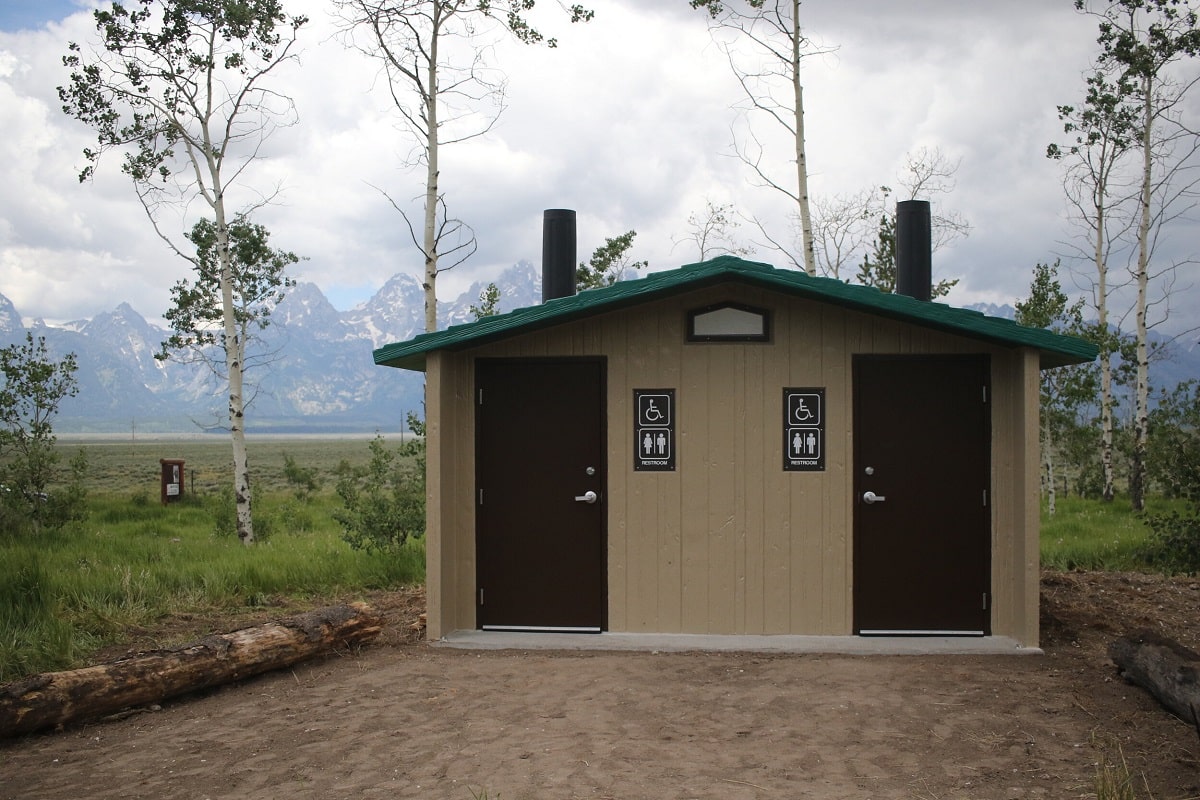

Articles
What Is A Vault Toilet
Modified: August 28, 2024
Learn about vault toilets and their importance in outdoor settings. Read informative articles covering various aspects of vault toilets.
(Many of the links in this article redirect to a specific reviewed product. Your purchase of these products through affiliate links helps to generate commission for Storables.com, at no extra cost. Learn more)
Introduction
Vault toilets are a common sight in outdoor recreational areas such as campgrounds, hiking trails, and picnic spots. These simple yet important structures provide a convenient and sanitary solution for toilet needs in areas where traditional plumbing is not available. Whether you’re a seasoned outdoor enthusiast or new to the world of camping, it’s essential to understand what a vault toilet is and how it serves its purpose.
In this article, we will delve into the details of vault toilets, including their definition, construction, maintenance, and environmental considerations. By the end, you’ll have a comprehensive understanding of the significance of these facilities and how they contribute to a positive outdoor experience.
Key Takeaways:
- Vault toilets provide convenient, eco-friendly waste disposal in outdoor areas, promoting sanitation, privacy, and environmental protection while minimizing pollution and conserving water resources.
- While vault toilets offer numerous benefits, including cost-effectiveness and sustainability, they require regular maintenance and have capacity limitations, emphasizing the importance of responsible usage and waste management.
Read more: What Is A Vaulted Ceiling
Definition of a Vault Toilet
A vault toilet, also known as a pit toilet or dry toilet, is a type of toilet that doesn’t require a connection to a sewer or septic system. Instead, it relies on a large underground vault or pit to collect and contain waste. The design of a vault toilet typically consists of a small building or structure housing one or multiple toilet seats over the vault. The vault itself is made of durable materials such as concrete or plastic and is designed to prevent leakage and contamination of the surrounding environment.
Vault toilets are typically found in remote or outdoor locations where plumbing infrastructure is impractical or too costly to install. This includes national parks, state parks, forests, and other recreational areas that are far away from urban areas. The purpose of these toilets is to provide visitors with a clean and hygienic place to relieve themselves while minimizing the impact on the natural surroundings.
It’s important to note that vault toilets differ from portable toilets or chemical toilets, which are self-contained units that use chemicals to break down waste. Vault toilets, on the other hand, rely on natural decomposition processes and the use of carbon-rich materials such as sawdust or lime to aid in the breakdown of waste.
Now that we have a clear understanding of what a vault toilet is, let’s explore the purpose and benefits of these structures in the next section.
Purpose of a Vault Toilet
The primary purpose of a vault toilet is to provide a convenient and sanitary solution for human waste disposal in areas where traditional plumbing is not feasible. These toilets play a crucial role in maintaining the cleanliness and hygiene of outdoor recreational areas, ensuring that visitors have a comfortable and pleasant experience while minimizing the impact on the environment.
Here are some key purposes served by vault toilets:
- Sanitation: Vault toilets provide a designated and enclosed space for individuals to relieve themselves, promoting proper sanitation practices and reducing the risk of contamination.
- Privacy: The design of vault toilets includes individual stalls or partitions, offering users a sense of privacy and comfort.
- Convenience: By installing vault toilets in remote areas, visitors are provided with a convenient and accessible option for fulfilling their toilet needs during outdoor activities.
- Environmental Protection: Vault toilets are designed to minimize the impact on the surrounding environment. The underground vault or pit prevents waste from seeping into the soil or nearby bodies of water, reducing the risk of pollution.
- Sustainability: As vault toilets rely on natural decomposition processes and the use of carbon-rich materials, they contribute to sustainable waste management practices.
Additionally, vault toilets also help in reducing the spread of diseases and pests that can be associated with improper waste disposal. By providing a designated and controlled waste collection system, these toilets help to maintain the overall cleanliness and health of the outdoor area.
Now that we understand the purpose of vault toilets, let’s explore their construction and design in the next section.
Construction and Design
The construction and design of a vault toilet are crucial in ensuring its functionality, durability, and environmental sustainability. While specific designs may vary, vault toilets generally share similar characteristics.
The building or structure housing the toilet seats is typically made of durable materials such as concrete, steel, or composite materials. This ensures the structure’s longevity and resistance to weather and vandalism. The walls of the building are often reinforced to provide stability and privacy for users.
The most critical component of a vault toilet is the underground vault or pit. It is typically constructed using materials like concrete, plastic, or fiberglass that are resistant to corrosion and leakage. The size of the vault depends on factors such as the expected usage, location, and regulatory requirements. The depth of the vault ensures that waste is adequately contained and prevents odors from escaping.
The design of the toilet seats and plumbing fixtures in a vault toilet can vary. Some vault toilets may have multiple toilet seats within a single building, while others may have separate structures for each seat. The seats are often made of durable and easy-to-clean materials such as stainless steel, and they may also have features like splash guards and automatic seat covers.
Proper ventilation is an essential aspect of vault toilet design. Ventilation pipes or vents are installed to allow odors and gases to escape while maintaining air circulation within the structure. This helps to reduce unpleasant odors and keep the interior environment fresh and comfortable for users.
Accessibility is another consideration in the construction and design of vault toilets. Many vault toilets are built with accessible features, such as wider doorways, grab bars, and wheelchair-accessible stalls, to accommodate individuals with disabilities.
Overall, the construction and design of a vault toilet are centered around providing a functional, durable, and environmentally friendly solution for waste disposal in outdoor settings.
Now that we understand the construction and design of a vault toilet, let’s explore the ventilation system in the next section.
Ventilation System
A ventilation system is a crucial component of a vault toilet, playing a vital role in maintaining air quality and reducing unpleasant odors. The primary purpose of the ventilation system is to remove gases and foul-smelling odors from within the vault toilet structure, ensuring a more comfortable and pleasant experience for users.
The ventilation system typically consists of ventilation pipes or vents that are strategically placed within the vault toilet. These vents allow for the proper circulation of air, facilitating the movement of odors and gases out of the structure. The vents are typically located near the roof or high on the walls of the building, allowing for maximum airflow.
The design of the ventilation system may include additional features to enhance its effectiveness. For instance, some vault toilets incorporate wind turbines or solar-powered fans to assist in the extraction of odors and gases. These eco-friendly additions drive airflow and ventilation, further improving the overall air quality within the vault toilet.
The strategic placement of ventilation outlets helps to mitigate the buildup of odors. By exhausting the foul-smelling air at a higher level, fresh air naturally circulates into the toilet, ensuring a constant flow of fresh air. This helps maintain a more pleasant environment and reduces the risk of odors permeating the surrounding area.
Moreover, proper ventilation also aids in reducing moisture levels within the vault toilet. Excessive moisture can contribute to bacterial growth and unpleasant odors. By facilitating airflow, the ventilation system helps to minimize moisture accumulation, creating a drier and more comfortable environment.
In addition to the ventilation system itself, regular maintenance and cleaning are essential for optimal ventilation performance. Cleaning the vents and ensuring they are free from debris, such as leaves or insects, helps to maintain proper airflow and ventilation efficiency.
Overall, a well-designed and maintained ventilation system is crucial for an effective and pleasant vault toilet experience. It helps to eliminate odors, regulate moisture levels, and create a more comfortable environment for users.
Now that we understand the ventilation system in vault toilets, let’s explore the importance of maintenance and cleaning in the next section.
Read more: How Much To Vault A Ceiling
Maintenance and Cleaning
Maintenance and cleaning are essential aspects of ensuring the functionality, hygiene, and longevity of a vault toilet. Regular upkeep and proper cleaning practices help to maintain a clean and sanitary environment for users while minimizing the potential for odor and bacterial growth.
Here are some key points to consider regarding maintenance and cleaning of vault toilets:
- Regular Inspections: Vault toilets should be inspected regularly to identify any signs of damage, leaks, or structural issues. This includes checking the integrity of the vault, the building structure, plumbing fixtures, and the ventilation system.
- Cleaning Schedule: Establishing a regular cleaning schedule is crucial to ensure the cleanliness and hygiene of the vault toilet. This includes cleaning the toilet seats, walls, floors, and other surfaces with appropriate cleaning agents to eliminate bacteria, viruses, and odors.
- Waste Management: Vault toilets rely on a natural decomposition process. To aid in this process, carbon-rich materials such as sawdust or lime should be provided. These materials help to minimize odors and promote the breakdown of waste.
- Waste Removal: Depending on local regulations, regular waste removal and disposal may be necessary. This involves emptying and properly disposing of the waste collected in the underground vault. Professional waste management services should be employed to handle this task safely and responsibly.
- Ventilation System Maintenance: The ventilation system should be regularly inspected and cleaned to ensure optimal airflow and odor control. Ventilation pipes or vents should be checked for blockages or debris and cleaned as necessary.
- Supplies and Amenities: Proper maintenance also includes ensuring an adequate supply of toilet paper, hand sanitizer, and other amenities for users. These supplies should be regularly restocked to ensure a pleasant experience for visitors.
It is crucial to adhere to local guidelines and regulations when it comes to the maintenance and cleaning of vault toilets. These guidelines may vary depending on the location and specific requirements set by the managing authorities.
By implementing a comprehensive maintenance and cleaning routine, vault toilets can provide a clean, sanitary, and pleasant experience for users, contributing to the overall enjoyment of outdoor recreational areas.
Now that we have explored the importance of maintenance and cleaning let’s discuss the environmental considerations of vault toilets in the next section.
When using a vault toilet, it’s important to remember that they are non-flush toilets that rely on a large container (the vault) to collect waste. Be sure to follow any posted instructions for proper use and maintenance.
Environmental Considerations
When it comes to vault toilets, it’s essential to consider the environmental impact and implement practices that minimize harm to the surrounding ecosystem. By adopting environmentally friendly approaches, we can ensure that these facilities coexist harmoniously with nature and contribute to the preservation of our natural resources.
Here are some key environmental considerations associated with vault toilets:
- Waste Management: Vault toilets rely on the natural decomposition process to break down waste. To aid in this process, carbon-rich materials such as sawdust or lime are provided. These materials help neutralize odors, promote decomposition, and minimize the environmental impact of waste disposal.
- Water Conservation: Unlike traditional flush toilets, vault toilets do not consume water. This significantly reduces water usage in outdoor areas and helps to preserve this valuable resource.
- Minimizing Pollution: Vault toilets are designed to prevent waste from seeping into the soil or nearby bodies of water. The underground vault or pit serves as a containment system, minimizing the risk of pollution and protecting the surrounding environment.
- Use of Sustainable Materials: The construction of vault toilets can incorporate sustainable materials such as recycled plastic or locally sourced materials. These choices reduce the carbon footprint associated with the manufacturing and transportation of materials.
- Proper Waste Disposal: The regular removal and responsible disposal of waste collected in vault toilets are essential to prevent contamination and pollution. Local waste management services should adhere to environmentally friendly practices when handling and disposing of waste.
- Educating Users: Promoting environmental awareness among users of vault toilets can be beneficial. Clear signage and educational materials can inform visitors about proper waste disposal, the importance of water conservation, and other eco-friendly practices.
By considering and implementing these environmental practices, vault toilets can minimize their impact on the environment while providing crucial sanitation facilities for outdoor recreational areas.
Now that we have explored the environmental considerations of vault toilets, let’s move on to discussing the common uses of these facilities.
Common Uses of Vault Toilets
Vault toilets serve a wide range of purposes and are commonly found in various outdoor recreational areas. They provide a vital amenity for visitors to these locations, ensuring that proper sanitation needs are met. Here are some of the common uses of vault toilets:
- Campgrounds: Vault toilets are prevalent in campgrounds, providing campers with a convenient and sanitary toilet option. They play a crucial role in enhancing the camping experience by offering a clean and accessible solution for basic human needs.
- Hiking Trails: Many hiking trails, especially those in remote areas, have vault toilets strategically placed along the route. These facilities provide a necessary convenience for hikers, allowing them to take care of their toilet needs without straying too far from the trail.
- Picnic Areas: Vault toilets are often installed in picnic areas, ensuring that visitors can enjoy their outdoor meals without worrying about access to proper restroom facilities.
- Parks and Recreation Areas: Whether it’s a local park or a large national park, vault toilets are essential amenities to accommodate the needs of visitors. They offer a practical and hygienic solution for individuals and families enjoying outdoor activities.
- Fishing and Boating Sites: Vault toilets are commonly found near fishing areas and boat launch sites, providing anglers and boaters with a convenient option for relieving themselves during outdoor adventures.
- Trailheads and Nature Reserves: Before embarking on a hiking or nature trail, vault toilets are often available at trailheads or within nature reserves. They ensure that visitors can start their journey with a comfortable and clean restroom facility.
- Remote and Off-Grid Areas: In locations where there is no access to traditional plumbing or septic systems, such as remote cabins or off-grid campsites, vault toilets are the ideal solution for managing human waste hygienically.
These are just a few examples of how vault toilets are used in various outdoor settings. Their presence ensures that visitors can enjoy the beauty of nature while having their basic sanitary needs met.
Now that we understand the common uses of vault toilets, let’s discuss the advantages and disadvantages of these facilities.
Advantages and Disadvantages
Vault toilets provide several advantages and benefits in outdoor recreational areas. However, it’s important to consider their limitations and potential drawbacks as well. Here are the key advantages and disadvantages associated with vault toilets:
Read more: How To Build A Vaulted Ceiling
Advantages:
- Sanitation: Vault toilets offer a designated and enclosed space for individuals to relieve themselves, promoting proper sanitation practices and reducing the risk of contamination.
- Convenience: These toilets provide a convenient and accessible option for fulfilling toilet needs in remote or outdoor locations where traditional plumbing is not feasible.
- Cost-Effective: Vault toilets offer a cost-effective solution compared to installing and maintaining traditional plumbing systems in remote areas, which can be expensive and impractical.
- Environmental Considerations: These toilets minimize the impact on the environment by preventing waste leakage and pollution. They also promote sustainable waste management practices through natural decomposition processes.
- Privacy: The design of vault toilets includes individual stalls or partitions, offering users a sense of privacy while using the facilities.
Disadvantages:
- Ongoing Maintenance: Vault toilets require regular maintenance, cleaning, and waste removal to ensure their functionality and sanitation. This ongoing upkeep can be time-consuming and resource-intensive.
- Limitations: These toilets have limited capacity due to the size of the vaults. As a result, they may need more frequent waste removal in heavily used areas, leading to logistical challenges and potential disruptions.
- Odor Concerns: Although ventilation systems are in place, vault toilets may occasionally have unpleasant odors due to factors such as improper waste management, lack of ventilation, or user behavior.
- Accessibility: While efforts are made to provide accessible features in vault toilets, some locations may still face challenges in meeting the needs of individuals with disabilities or mobility limitations.
Overall, the advantages of vault toilets, such as sanitation, convenience, and their eco-friendly nature, outweigh the disadvantages. However, it’s important to recognize and address the challenges associated with their maintenance, capacity limitations, and odor control.
Now that we have examined the advantages and disadvantages of vault toilets, we can conclude our discussion.
Conclusion
Vault toilets play a vital role in providing convenient and sanitary solutions for human waste disposal in outdoor recreational areas where traditional plumbing is not feasible. These simple yet essential structures offer numerous benefits and contribute to the overall enjoyment of outdoor activities while minimizing the impact on the environment.
Throughout this article, we have explored the definition, purpose, construction, ventilation system, maintenance, environmental considerations, common uses, and advantages and disadvantages of vault toilets. We have learned that vault toilets are designed to maximize sanitation, convenience, and privacy for users while minimizing the pollution and environmental damage associated with waste disposal.
By relying on natural decomposition processes and utilizing eco-friendly materials, vault toilets offer a sustainable approach to waste management in outdoor settings. They ensure a comfortable and hygienic experience for visitors, contributing to the preservation of nature and the enjoyment of outdoor recreational areas.
While there are some limitations and maintenance requirements associated with vault toilets, their advantages, including cost-effectiveness, environmental consciousness, and convenience, make them a valuable addition to remote and outdoor locations.
As outdoor enthusiasts, campers, hikers, and nature lovers, it is essential to appreciate and respect the existence of vault toilets. Let’s adopt responsible usage practices, follow proper waste management guidelines, and contribute to the cleanliness and sustainability of these facilities.
So the next time you embark on an outdoor adventure and come across a vault toilet, remember its significance in ensuring a more enjoyable, sanitary, and environmentally conscious experience.
Frequently Asked Questions about What Is A Vault Toilet
Was this page helpful?
At Storables.com, we guarantee accurate and reliable information. Our content, validated by Expert Board Contributors, is crafted following stringent Editorial Policies. We're committed to providing you with well-researched, expert-backed insights for all your informational needs.
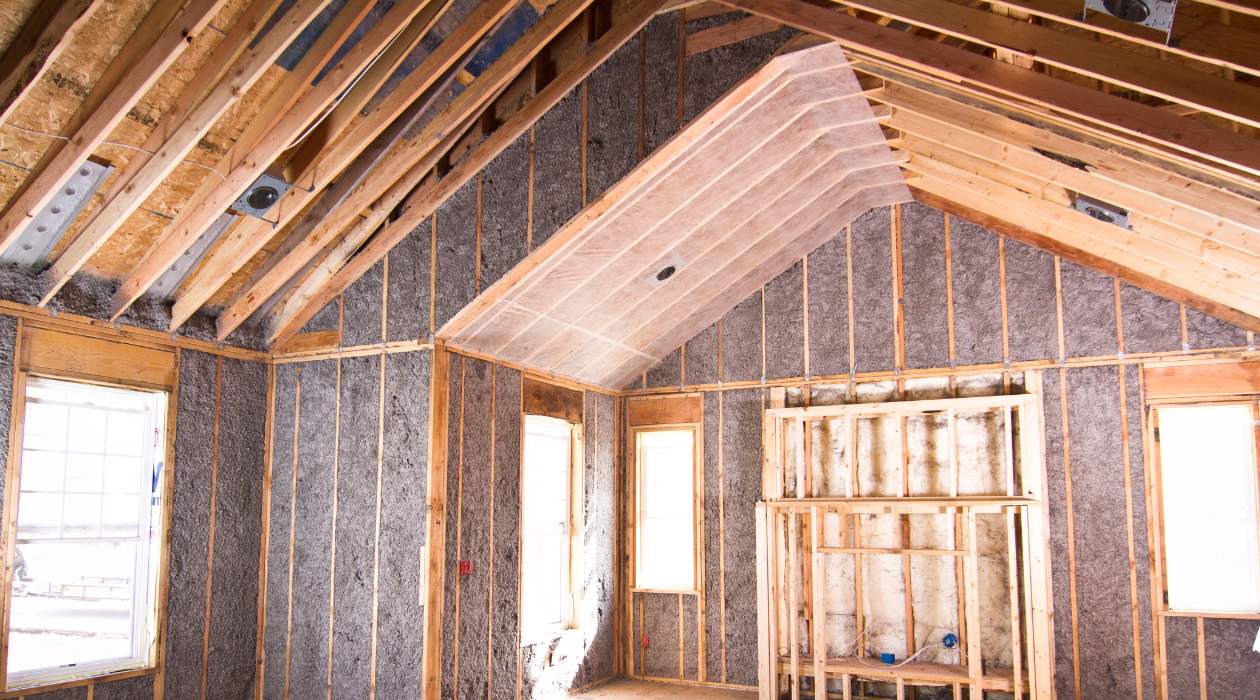


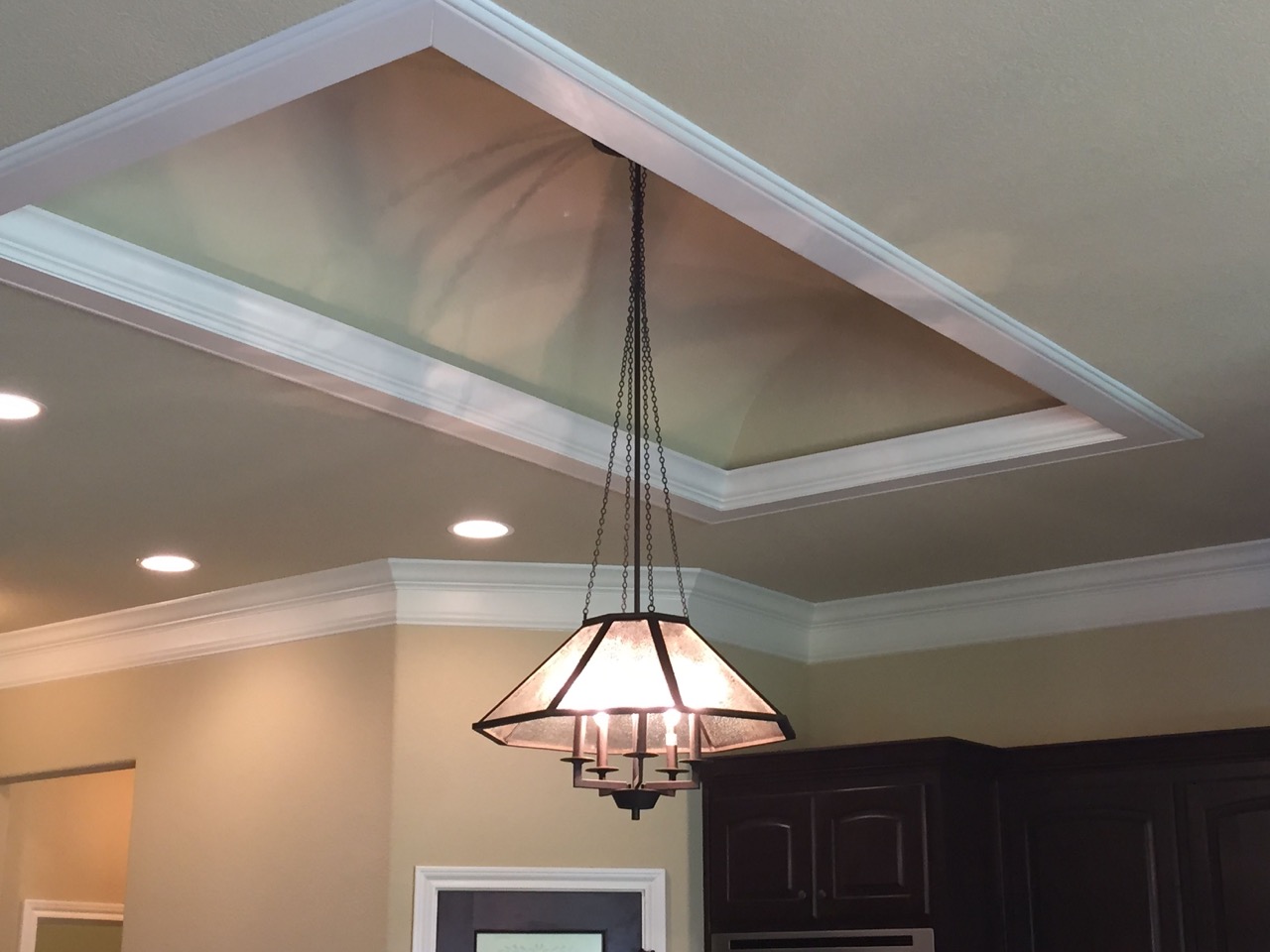



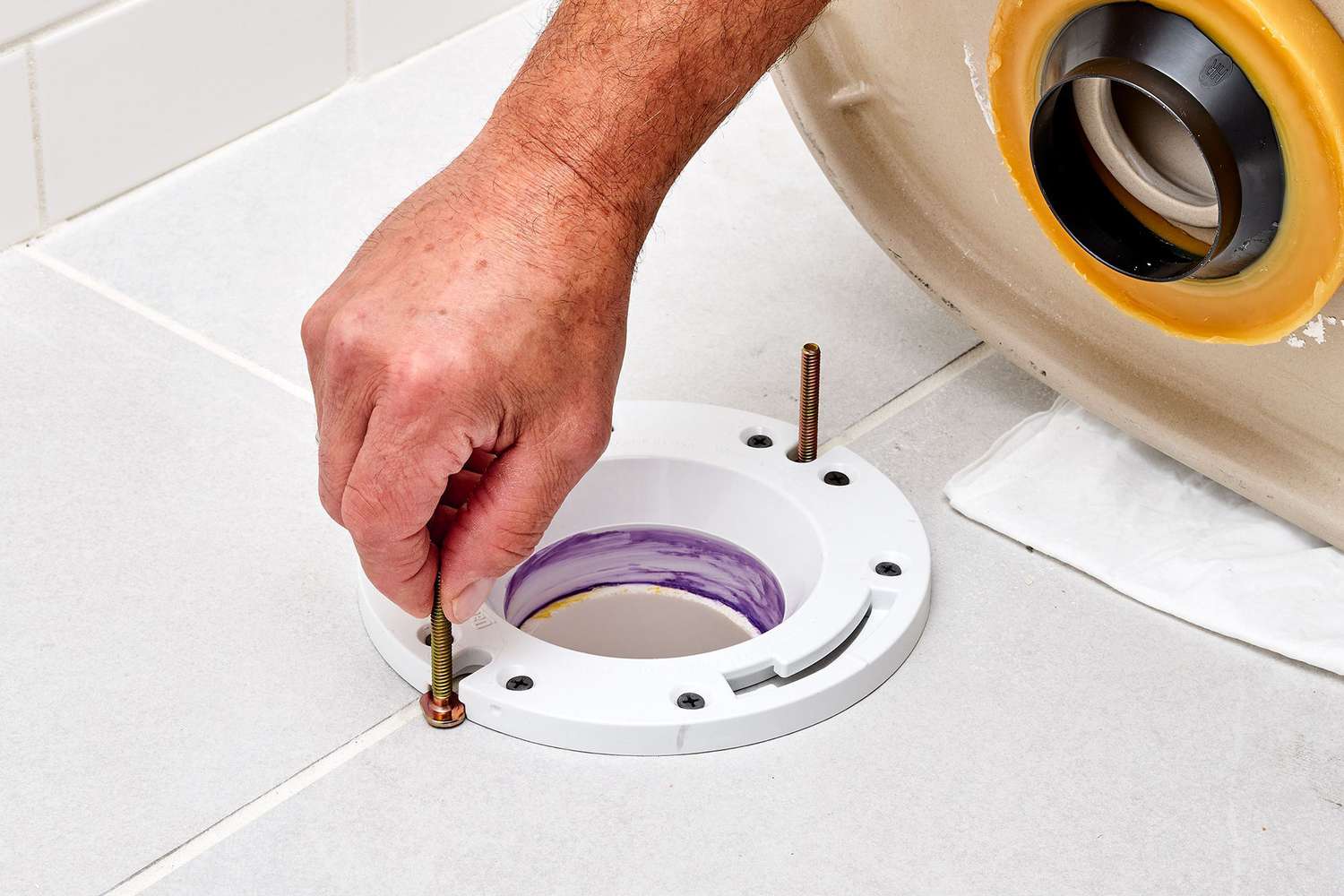
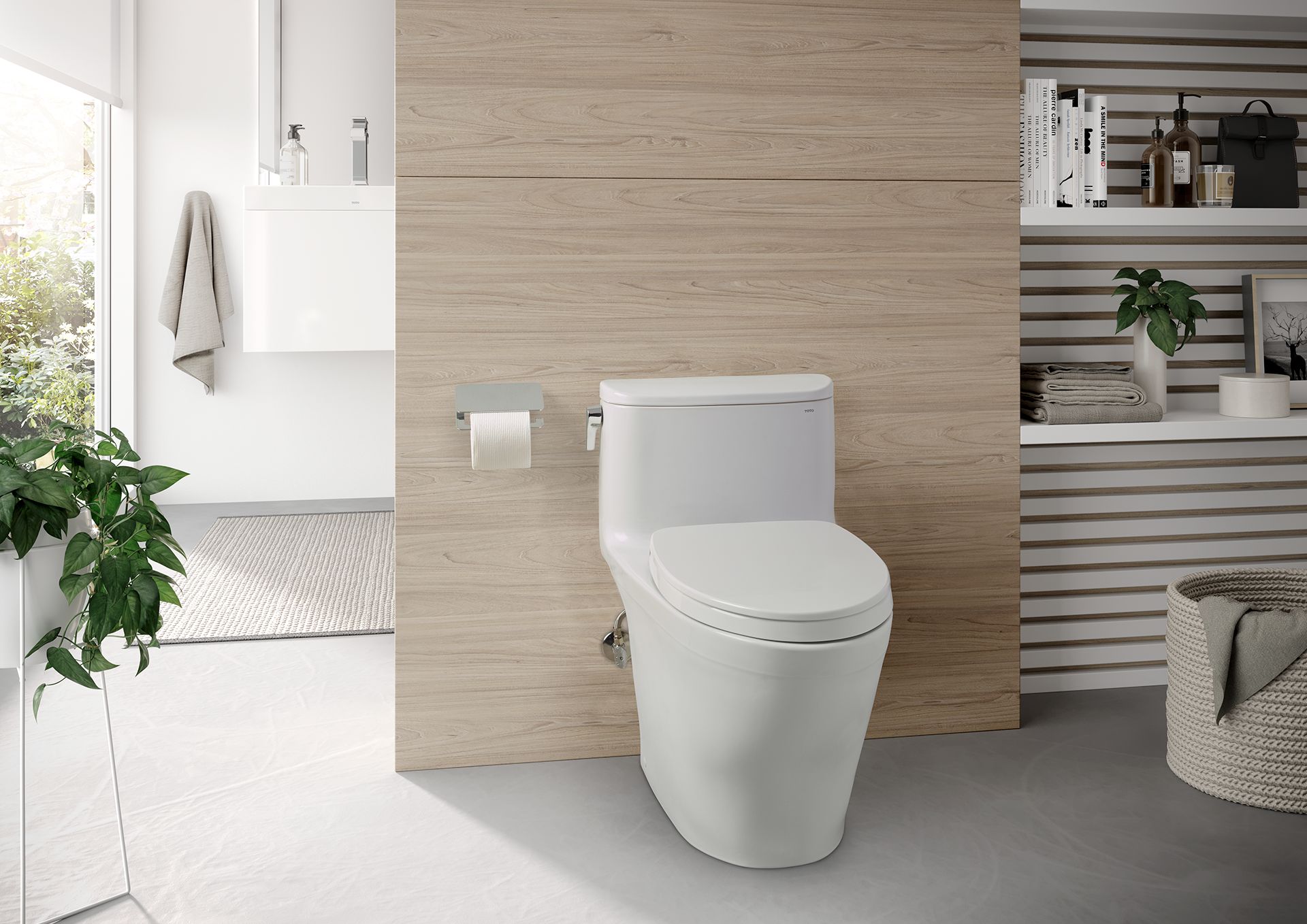
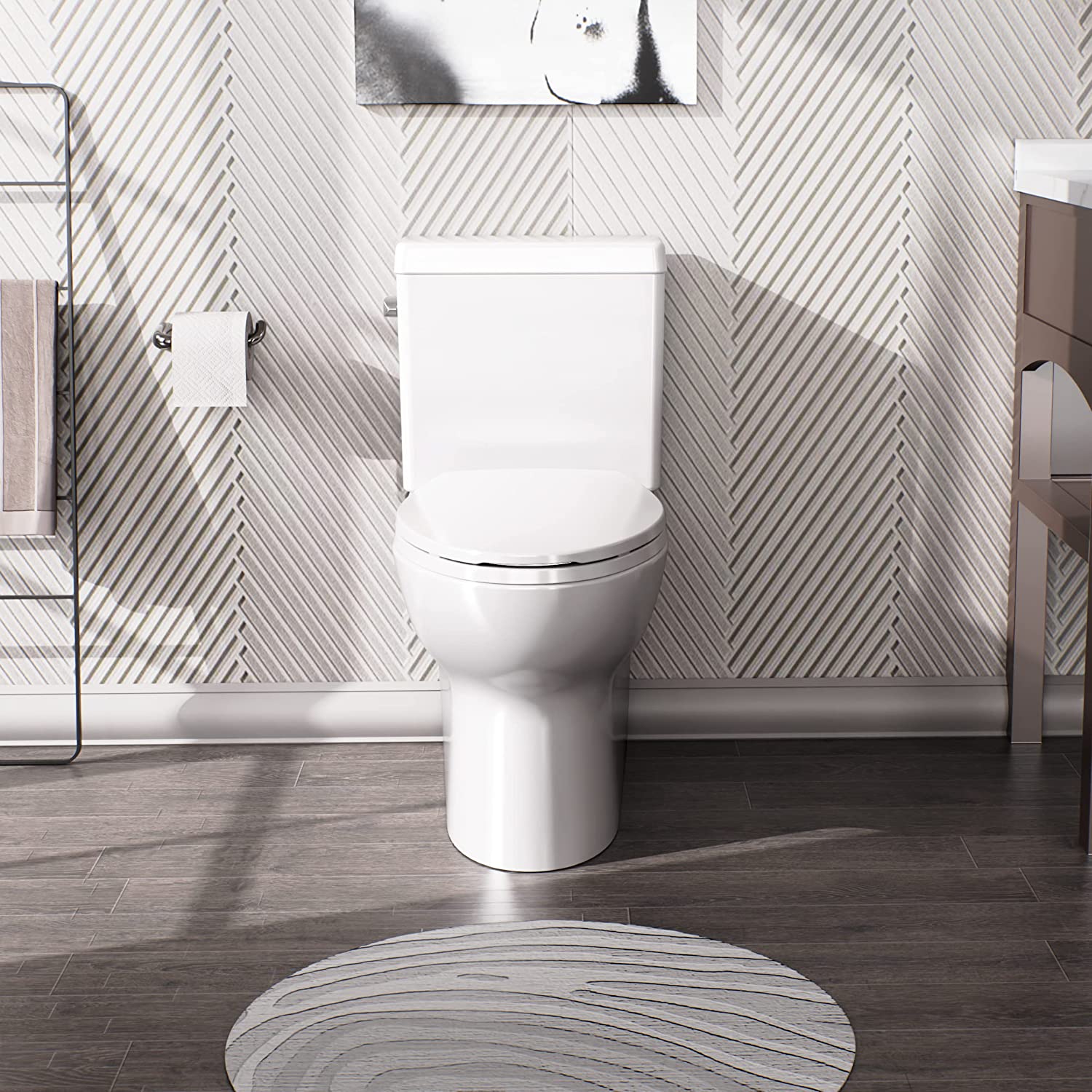
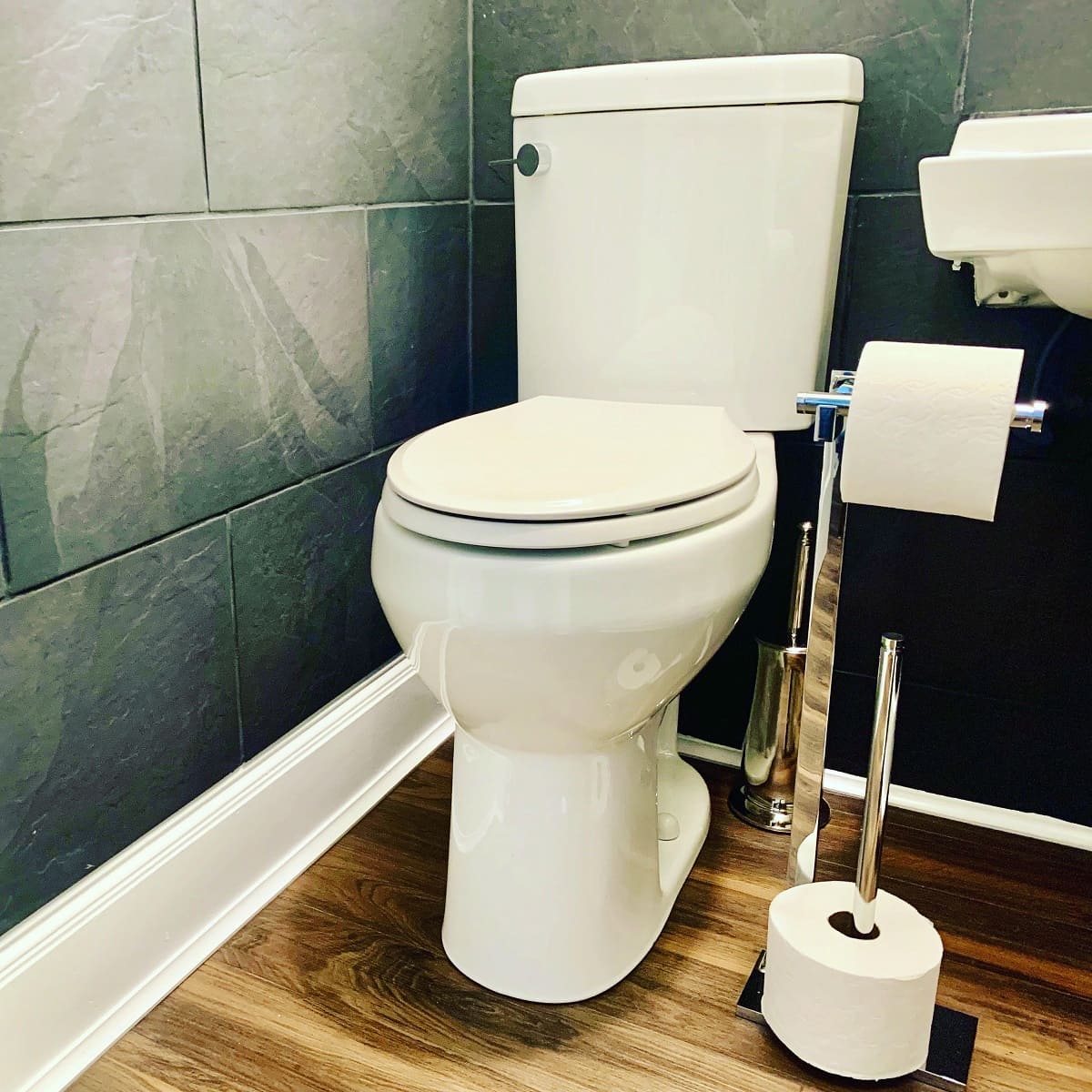

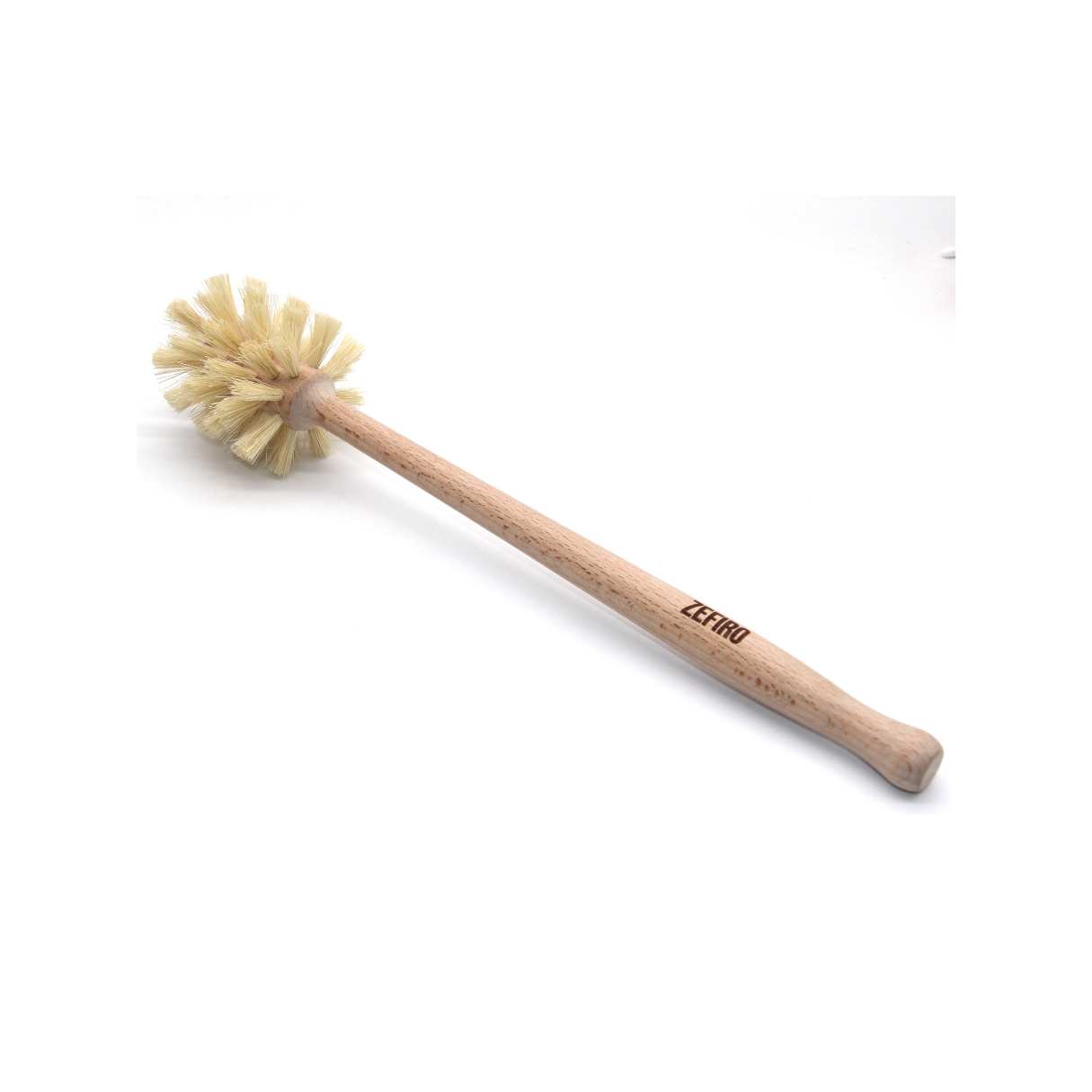

0 thoughts on “What Is A Vault Toilet”